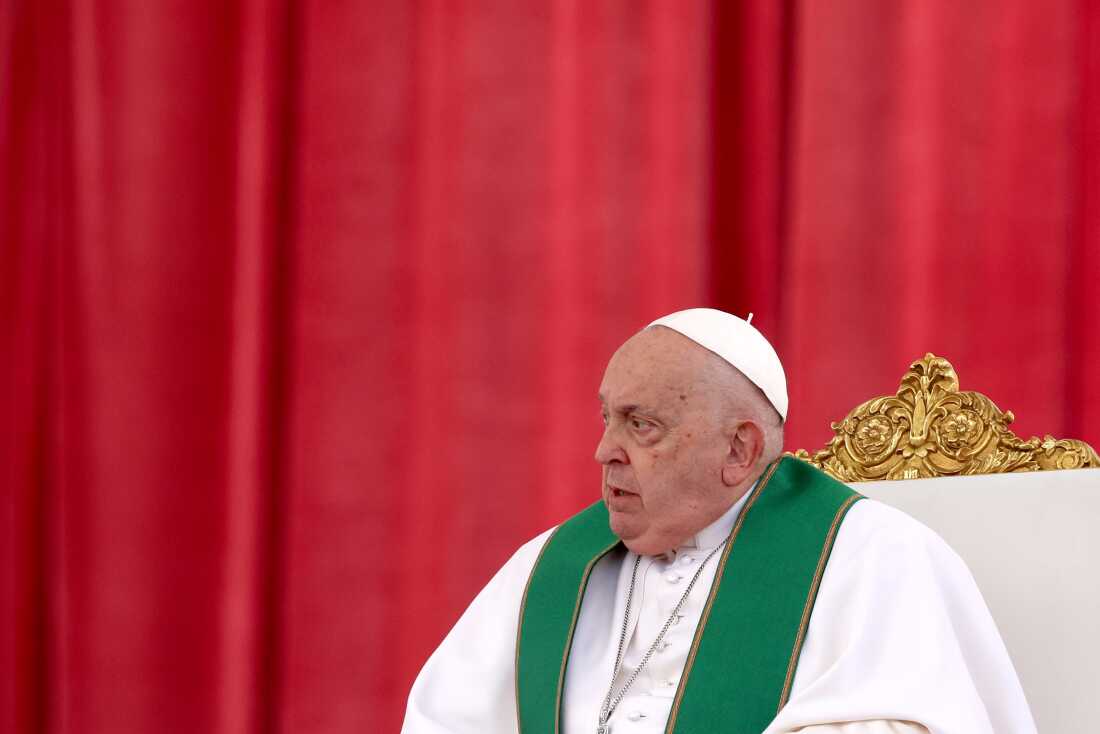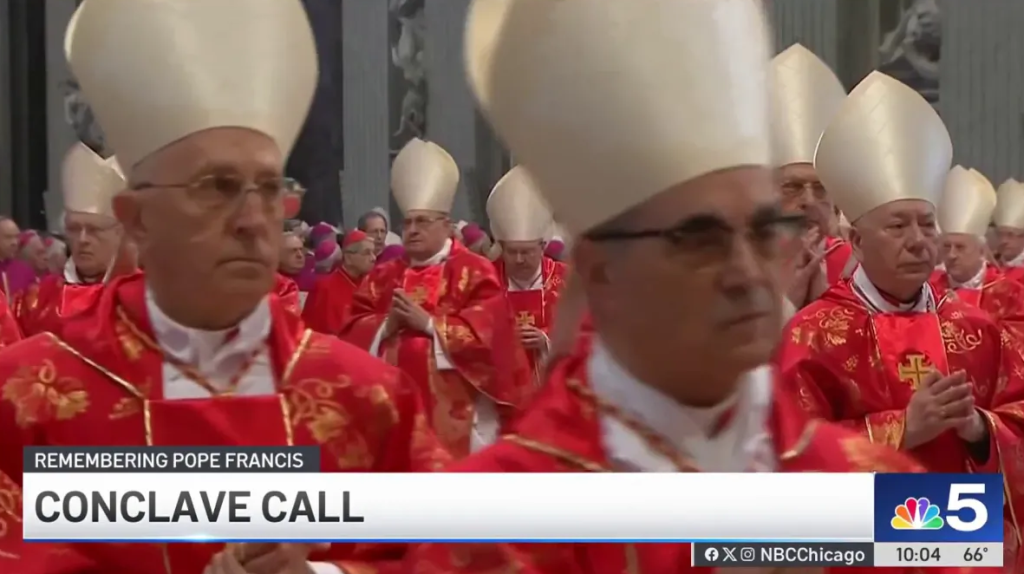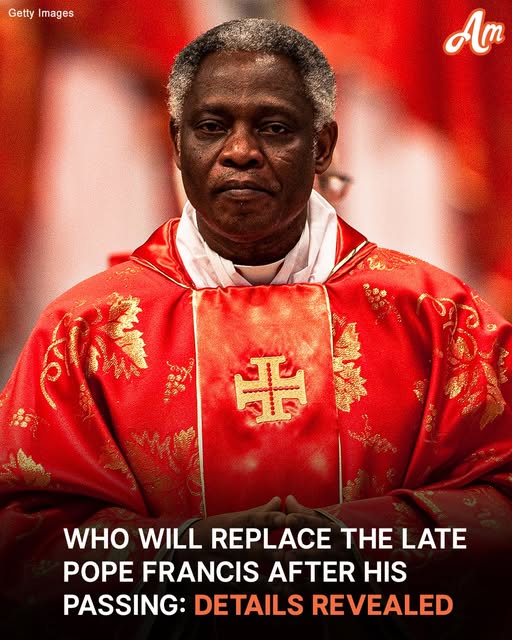Following the recent passing of Pope Francis at age 88 due to a stroke, the Catholic Church is preparing for a pivotal moment: the election of a new pope. The conclave, anticipated to commence on May 6, will bring together 138 cardinal-electors from 93 countries, making it one of the most diverse in the Church’s history .
The Conclave Process: Tradition Meets Modernity
The papal conclave is a centuries-old tradition where cardinals under the age of 80 convene in the Sistine Chapel to elect the next pope. A two-thirds majority is required to elect a new pontiff, a process that can take several days and multiple rounds of voting. This conclave is particularly notable for its diversity, reflecting Pope Francis’s efforts to internationalize the College of Cardinals .

Leading Contenders for the Papacy
Several cardinals are considered frontrunners to succeed Pope Francis, each bringing unique perspectives and experiences:
- Cardinal Pietro Parolin (Italy): As the Vatican’s Secretary of State, Parolin is a seasoned diplomat known for his moderate views and administrative acumen. He is often cited as a leading candidate due to his extensive experience within the Church’s hierarchy .
- Cardinal Luis Antonio Tagle (Philippines): Currently serving as the Prefect of the Congregation for the Evangelization of Peoples, Tagle is recognized for his pastoral approach and alignment with Pope Francis’s vision, making him a strong contender from Asia .
- Cardinal Matteo Zuppi (Italy): Known for his work in peace negotiations and social justice, Zuppi represents the progressive wing of the Church. His leadership in the Italian Episcopal Conference and involvement in international diplomacy bolster his candidacy .
- Cardinal Péter Erdő (Hungary): A prominent conservative voice, Erdő has served as the Archbishop of Esztergom-Budapest. His traditionalist views appeal to those seeking continuity with pre-Francis doctrines .
- Cardinal Fridolin Ambongo (Democratic Republic of the Congo): As a leading African cardinal, Ambongo’s election would signify a historic shift, giving a stronger voice to the rapidly growing Catholic population in Africa .
The Global Significance of the Next Pop
With the passing of Pope Francis at age 88 due to a stroke, the Roman Catholic Church stands at a historic crossroads. A new chapter is about to unfold as 138 cardinals from around the world prepare to enter the Sistine Chapel to elect the next pope. The upcoming conclave, expected to begin on May 6, is set to be one of the most diverse in the Church’s history, with representation from 93 countries.
The Conclave: A Sacred Tradition
The election of a new pope is a deeply symbolic and spiritual process governed by strict rules. Only cardinals under the age of 80 are eligible to vote. The conclave is held in strict secrecy within the Sistine Chapel, where daily ballots are cast until a two-thirds majority is reached. Black smoke signals a failed vote; white smoke heralds the election of a new pope. The conclave reflects both tradition and evolving global dynamics. In recent years, the composition of the College of Cardinals has shifted to better represent the worldwide Catholic population. Pope Francis himself was instrumental in expanding this global representation, appointing cardinals from often underrepresented regions.
Top Candidates to Watch
While the Holy Spirit is said to guide the election, several cardinals are widely viewed as leading contenders based on their leadership experience, theological stances, and geographical influence.
Cardinal Pietro Parolin (Italy)
As the Vatican’s Secretary of State, Parolin is a seasoned diplomat and skilled administrator. His deep knowledge of Church governance and international affairs positions him as a pragmatic choice. He’s viewed as a centrist who could maintain a balance between tradition and reform.
Cardinal Luis Antonio Tagle (Philippines)
Tagle, a charismatic leader and strong communicator, currently serves as the Prefect of the Congregation for the Evangelization of Peoples. He is often seen as the “Asian Francis,” closely aligned with Pope Francis’s pastoral and inclusive vision. His election would mark a historic moment for the Asian Church.
Cardinal Matteo Zuppi (Italy)
Zuppi, known for his commitment to peace and social justice, is a progressive voice in the Church. He is admired for his hands-on pastoral work and diplomatic skills, having played a role in peace talks in Africa. His candidacy represents the Church’s more liberal and socially engaged wing.
Cardinal Péter Erdő (Hungary)
A staunch conservative, Erdő serves as the Archbishop of Esztergom-Budapest. He is known for his doctrinal clarity and commitment to traditional Catholic values. His leadership would likely appeal to those seeking a return to more conservative theological interpretations.
Cardinal Fridolin Ambongo (Democratic Republic of the Congo)
Ambongo represents a vibrant and growing sector of the Catholic world—Africa. As Archbishop of Kinshasa, he has been an outspoken advocate for environmental and social justice issues. His election would be a groundbreaking moment for the African Church.

What’s at Stake for the Church?
The next pope will not only inherit the spiritual leadership of 1.3 billion Catholics worldwide but also face a range of complex challenges: declining Church attendance in the West, debates over LGBTQ+ inclusion, clerical abuse scandals, and the role of women in the Church. The choice of pope could shift the Church’s direction on these and other issues for decades. Will the conclave opt for a continuation of Pope Francis’s reformist legacy, or will it turn back toward a more conservative path?
Conclusion
As the world watches and the College of Cardinals prepares for one of the most consequential elections in recent Church history, the future of Catholicism hangs in the balance. Whoever is chosen to wear the white cassock will not only become the next Bishop of Rome but also a global moral leader. Whether progressive or conservative, diplomat or doctrinalist, the next pope will shape the Church’s mission in a rapidly changing world.

















